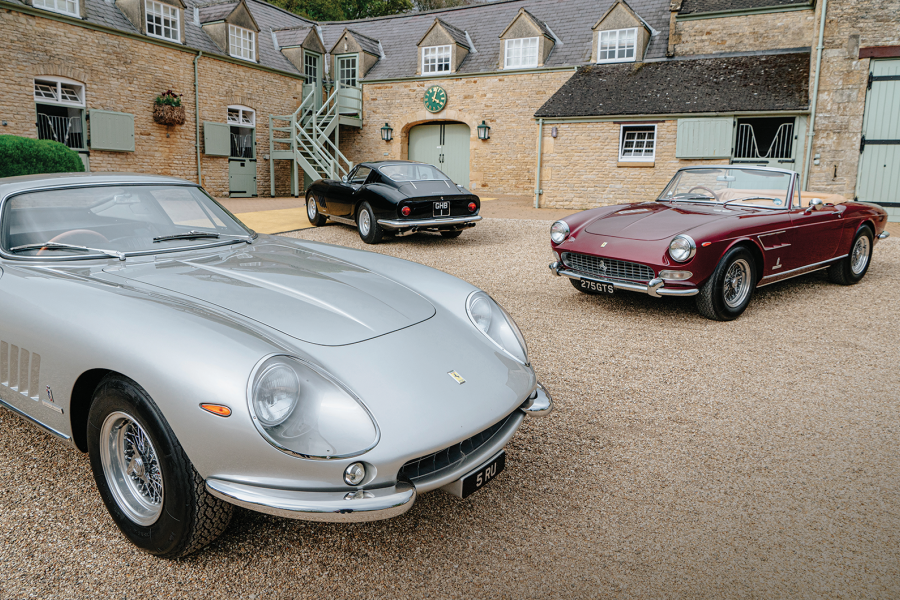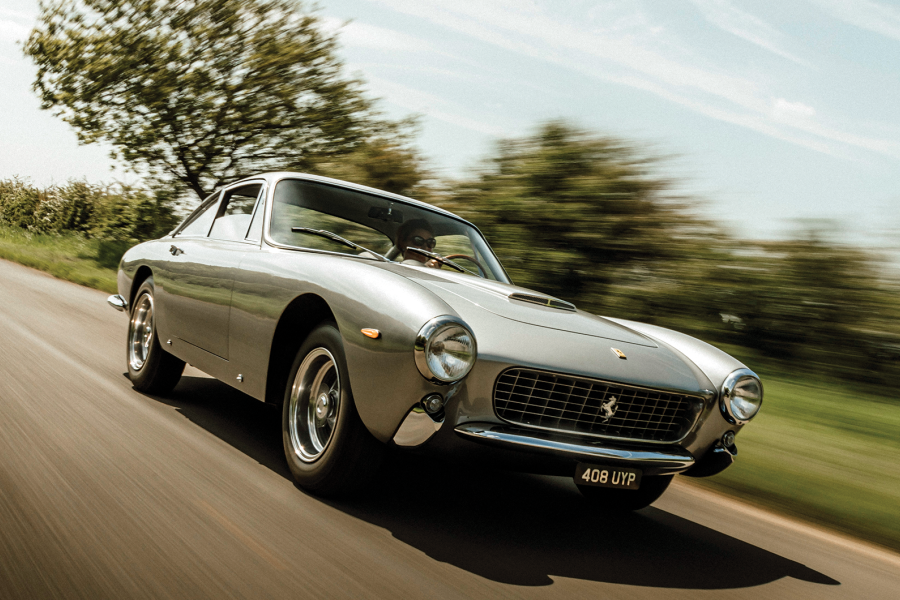
It’s just a theory, but I have a sense that Enzo Ferrari hesitated in lending the full weight of his title to the first of his Dino road cars not because he was ashamed of their lack of cylinders, or suspicious of the mid-engined layout, but because they were almost too good to be Ferraris.
He would not have couched it in those terms, even to himself, but the fact remains that the Dino was more of a driver’s car than any of his brooding, unapproachable front-engined V12s. This was a sports car, not a grand tourer.
First seen at the Turin Salon in 1967, 11 years after the death of the young man who inspired its creation, here was a V6-engined, 140mph-plus two-seater with sensually beautiful styling, viscerally thrilling race-bred handling, and all the best traits of a stable and civilised road car that anybody could safely drive and enjoy.
If you accept that the Miura was an impossibly exotic toy, this was a combination that had never been seen before. The Dino was not a ‘supercar’ but the most modern and exciting roadgoing sports car in the world, wowing all who drove it.

Before the Dino, Ferrari had considered itself lucky to sell 700 of its haughty, handbuilt V12s annually; by 1974, when the last of the 246 Dinos were being built, that figure had tripled.

















